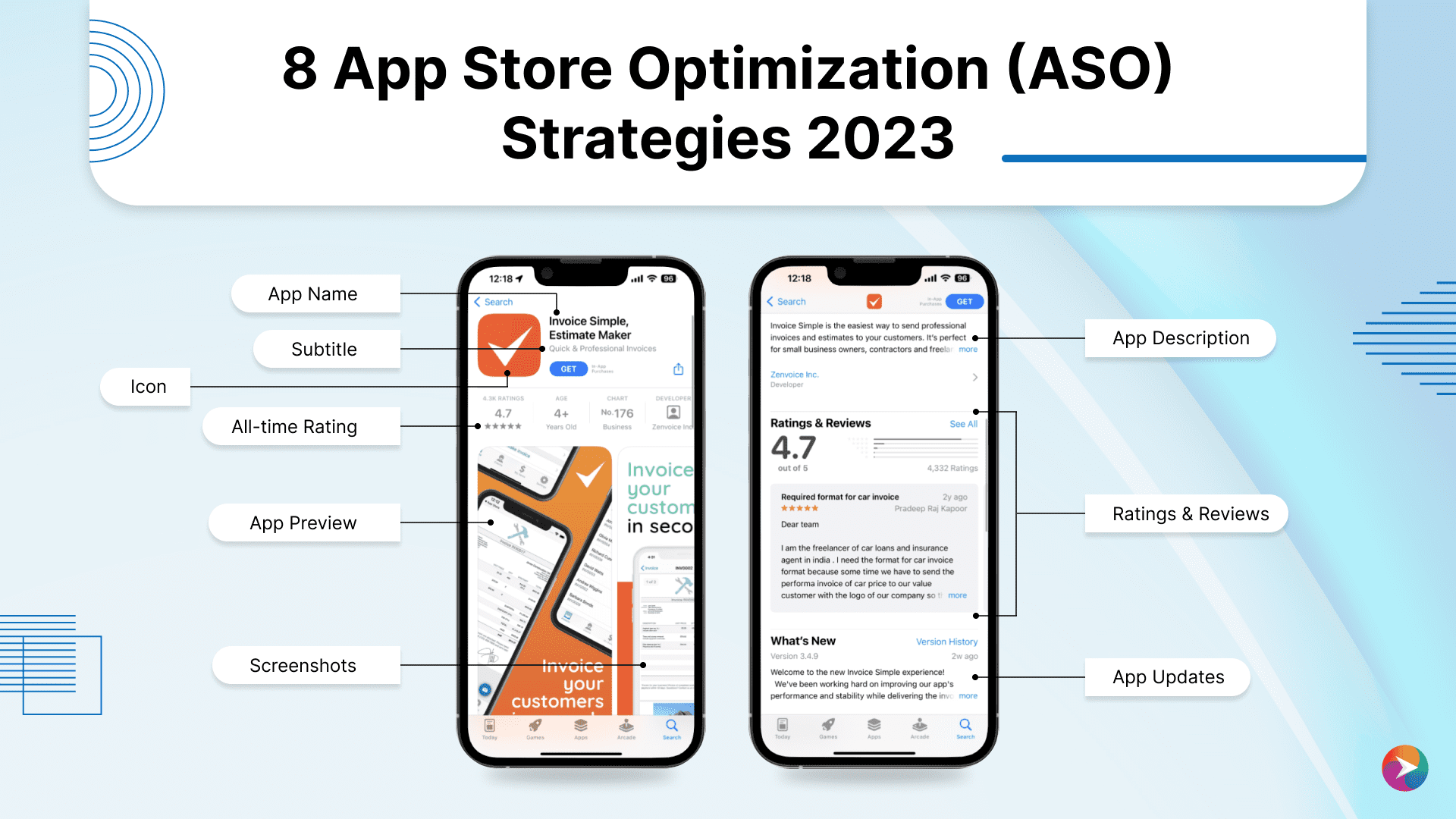5 Business Headwinds
In the ever-evolving landscape of business, companies are constantly navigating a myriad of challenges that can impact their operations, profitability, and long-term sustainability. Among these, certain headwinds stand out due to their widespread impact and the significant hurdles they present. Understanding these challenges is crucial for businesses looking to adapt, innovate, and thrive in today’s competitive market.
Economic Uncertainty
One of the most significant headwinds businesses face is economic uncertainty. This can stem from a variety of sources, including geopolitical tensions, changes in government policies, fluctuations in global markets, and shifts in consumer behavior. Economic uncertainty makes it difficult for businesses to forecast future conditions accurately, which in turn complicates planning, investment, and hiring decisions. For instance, the COVID-19 pandemic led to unprecedented economic uncertainty, with widespread lockdowns, supply chain disruptions, and a significant shift towards remote work, forcing businesses to adapt quickly to survive.
Technological Disruption
The pace of technological change is another formidable challenge. Technologies like artificial intelligence (AI), blockchain, and the Internet of Things (IoT) are transforming industries at a rapid pace, creating both opportunities and threats. On one hand, these technologies can enhance efficiency, reduce costs, and open up new markets. On the other hand, they can also disrupt traditional business models, making some skills obsolete and creating new cybersecurity risks. Companies must invest in digital transformation to remain competitive, but this requires significant resources and the ability to attract and retain talent with the right skills.
Regulatory Compliance
The regulatory environment is becoming increasingly complex, posing a significant headwind for businesses. New laws and regulations, especially in areas like data privacy (e.g., GDPR, CCPA), environmental sustainability, and financial reporting, require companies to comply with a myriad of standards. This not only increases operational costs but also demands a high level of vigilance to avoid legal and reputational risks. The General Data Protection Regulation (GDPR) in the European Union, for example, has set a new standard for data protection, requiring businesses to implement stringent data handling practices or face substantial fines.
Talent Acquisition and Retention
The war for talent is intensifying as businesses compete for a limited pool of skilled workers. This challenge is exacerbated by demographic changes, such as aging populations in many countries, and the shifting expectations of younger generations who prioritize flexibility, purpose, and continuous learning in their careers. Companies must rethink their employee value proposition, embracing flexible work arrangements, diversity and inclusion initiatives, and ongoing professional development opportunities to attract and retain top talent. The tech industry, in particular, faces significant challenges in talent acquisition, with high demand for skills in AI, cloud computing, and cybersecurity.
Sustainability and Environmental Concerns
Lastly, the increasing focus on sustainability and environmental concerns presents both a challenge and an opportunity for businesses. Consumers, investors, and governments are pushing for more sustainable practices, reduced carbon footprints, and adherence to environmental, social, and governance (ESG) standards. While transitioning to more sustainable operations can require significant upfront investments, it also offers opportunities for cost savings, innovation, and brand differentiation. Companies like Patagonia and REI have successfully integrated environmental responsibility into their business models, appealing to customers who share these values and enhancing their brand loyalty and reputation.
Navigating These Headwinds
To navigate these business headwinds effectively, companies must adopt a proactive and adaptive strategy. This involves:
- Embracing Agility: Being agile allows businesses to respond quickly to changes in the market, regulatory environment, and consumer preferences.
- Investing in Innovation: Continuous innovation, especially in technology, can help businesses stay ahead of the curve and find new opportunities amidst challenges.
- Fostering a Culture of Sustainability: Integrating sustainability into the core of the business can mitigate environmental risks and open up new market opportunities.
- Developing Strategic Partnerships: Collaborating with other businesses, startups, and institutions can provide access to new technologies, talent, and markets.
- Enhancing Digital Literacy: Ensuring that the workforce has the digital skills necessary to thrive in a rapidly changing technological landscape is crucial for competitiveness.
In conclusion, the business landscape is fraught with challenges, from economic uncertainty and technological disruption to regulatory compliance, talent acquisition, and sustainability concerns. However, each of these headwinds also presents opportunities for innovation, growth, and differentiation. By understanding these challenges and adopting a forward-thinking, adaptive approach, businesses can not only navigate the current complexities but also position themselves for long-term success and resilience.
How can businesses mitigate the risks associated with economic uncertainty?
+Businesses can mitigate the risks associated with economic uncertainty by diversifying their revenue streams, maintaining a robust cash reserve, investing in market research to stay informed about consumer trends, and adopting agile business practices that allow for quick adjustments to changing market conditions.
What role does technological innovation play in addressing sustainability challenges?
+Technological innovation can play a pivotal role in addressing sustainability challenges by providing solutions that reduce environmental impact, such as renewable energy technologies, sustainable manufacturing processes, and digital platforms that promote circular economies and reduce waste.
How can companies effectively attract and retain talent in a competitive job market?
+Companies can attract and retain talent by offering competitive salaries and benefits, providing opportunities for professional growth and development, fostering a positive and inclusive company culture, and embracing flexible work arrangements that support work-life balance.

